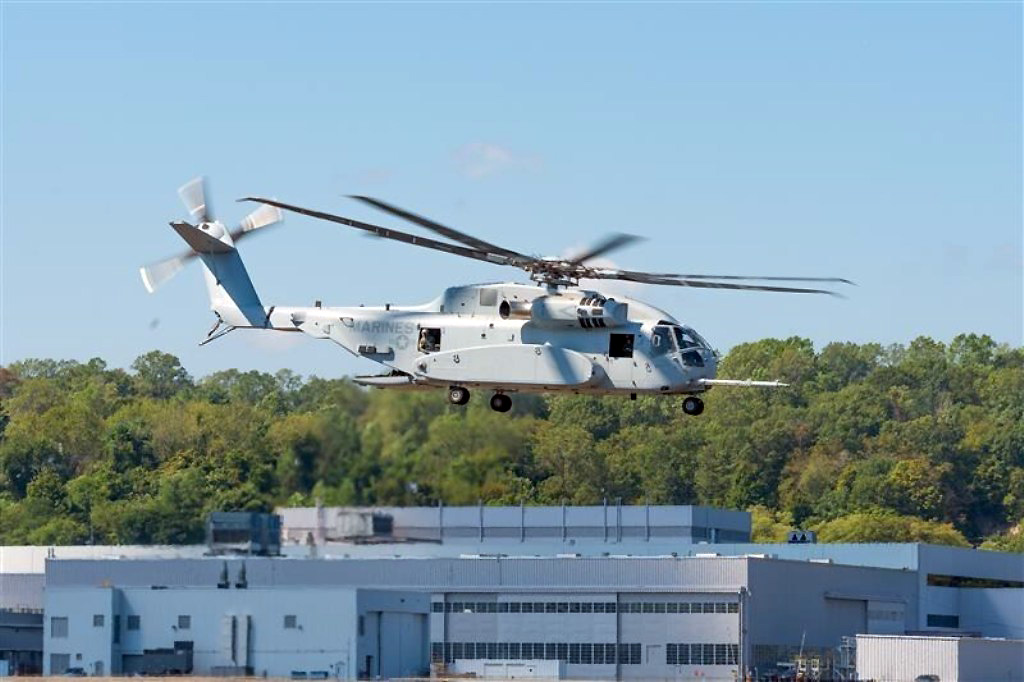The Future of Air Superiority: Insights into the F-47 Fighter Program
Overview of the F-47 Development
At the National Harbor event, Air Force Chief of Staff Gen. David Allvin provided a significant update regarding the F-47 fighter aircraft, currently under development by Boeing. This advanced platform, which is positioned to succeed the F-22 Raptor, aims to ensure U.S. air dominance in increasingly complex operational environments. The first flight of the F-47 is projected for 2028, marking a pivotal milestone in its evolution.
Strategic Importance
Gen. Allvin emphasized that the F-47 is not merely a replacement; it represents a comprehensive system integral to maintaining air superiority in future conflicts. He remarked on the urgent need for rapid progression in the project, underscoring the increasing threats faced by the U.S. in the global arena.
Key Features of the F-47
While details about the F-47 remain classified, several characteristics have been communicated:
- Combat Radius: Over 1,000 nautical miles.
- Speed: Capable of exceeding Mach 2 (more than 1,500 mph).
- Technological Innovations: Expected to incorporate advanced stealth technology, cutting-edge weaponry, and engines. It will operate alongside autonomous drone wingmen, referred to as collaborative combat aircraft (CCAs).
Fleet Expansion Plans
The Air Force has indicated intentions to procure at least 185 units of the F-47, potentially matching or surpassing the current F-22 fleet size. This expansion is part of a broader strategy aimed at ensuring U.S. air power remains unrivaled in conflicts to come.
The Need for Air Dominance
In his remarks, Gen. Allvin articulated that future operational success is contingent upon a decisive advantage in the air. He likened the necessary tactical capabilities to boxing, stating, “It’s not enough just to be able to stick the jab. You’ve got to be able to let your adversary know you can put them on the canvas.” This metaphor underscores the Air Force’s objective of asserting overwhelming deterrence against adversary threats.
Team Commitment and Industry Support
During his keynote address, Gen. Allvin acknowledged the dedication of the workforce involved in the F-47 project. He illustrated this through footage of Boeing personnel celebrating the announcement of the aircraft’s development. Such enthusiasm signals a collective commitment to deliver a platform that will enhance national security.
- Workforce Dedication: Allvin highlighted that the individuals engaged in the production and engineering of the F-47 are not merely fulfilling a job. Their commitment reflects a deeper mission to fortify the integrity of U.S. defense capabilities.
Conclusion
The F-47 fighter program signifies a critical advancement in the U.S. air force’s capacity to maintain its strategic edge. As development progresses and the operational framework of the aircraft is solidified, it will play a vital role in the Air Force’s long-term strategy, ensuring American aviation remains at the forefront of global defense initiatives.
Contextual Factors
As geopolitical tensions rise and technological advancements continue to reshape warfare, the introduction of the F-47 could be a defining moment for U.S. military aviation. Understanding its development process and capabilities is essential for comprehending the future landscape of aerial combat and deterrence strategy.
About the Author
Stephen Losey covers air warfare advancements and policy shifts within the defense sector, having previously reported on key military operations and personnel matters. His expertise includes analyzing emerging technologies and their implications on U.S. military readiness.





